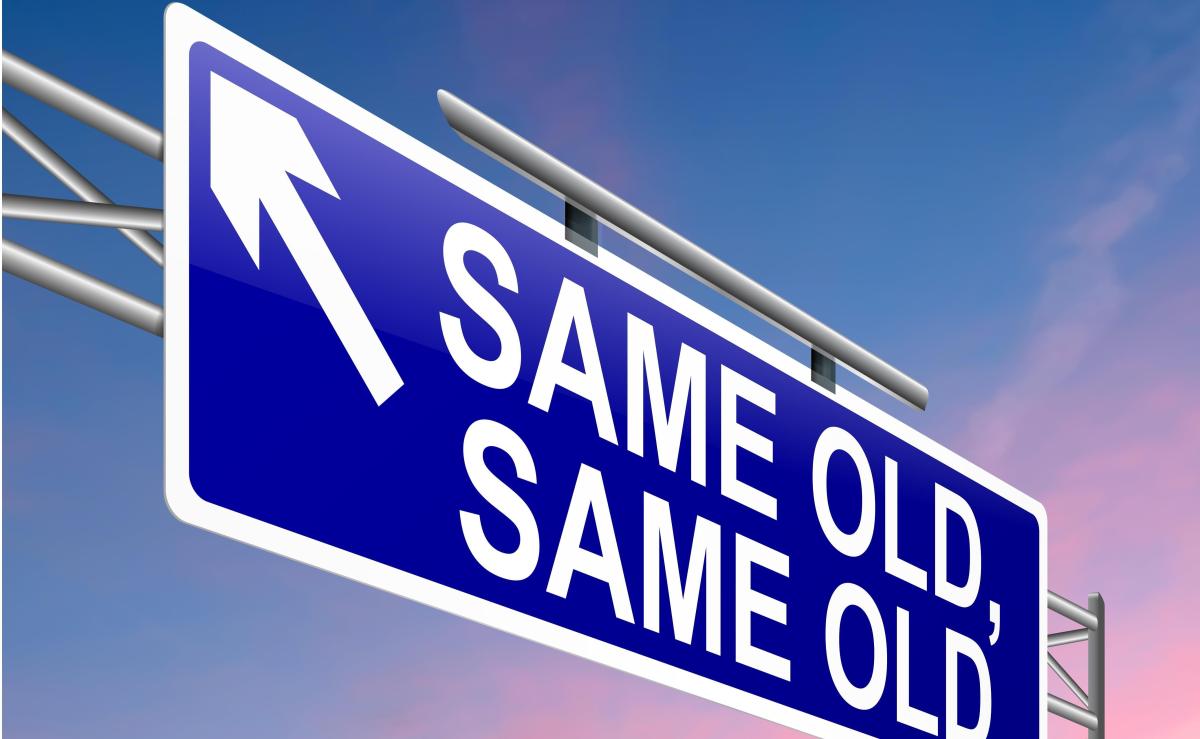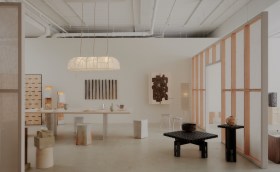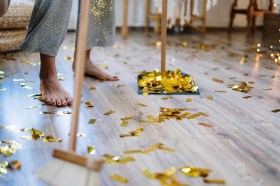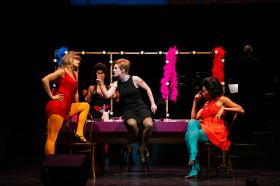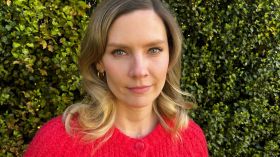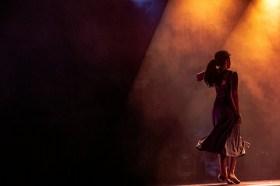If you were designing the frameworks that create Australia’s new normal, how would you begin?
For starters, you probably wouldn’t use language like ‘hide under the doona’, ‘snap back’ and ‘I do still plan to go to the football’.
You’d take care to be sensitive to the health, social and economic impacts of a global pandemic.
And you’d gather the finest minds in the country to coordinate Australia’s response.
Oh wait.
The National COVID19 Coordination Commission was established in late April to do just that.
The Commission’s role is to ‘coordinate advice to the Australian Government on actions to anticipate and mitigate the economic and social impacts of the global COVID-19 pandemic’.
To achieve this, Commission members have been appointed with direct specialisations in mining and resources, defence, logistics, telecommunications, science and technology, industrial relations, finance, manufacturing, agriculture and health.
There are also claims on experience in immunity, tourism, hospitality, tertiary education, not-for-profits and social services, but no Commission member has direct experience of working in these areas. And arts and culture are not represented at all.
Two working groups have been established so far: one on industrial relations, the other on not-for-profits. Neither contain experts from the arts and cultural sector.
An arts-led recovery?
So how would you do things differently?
For a start, you’d replace former Fortescue Metals chief executive Neville Power as chair – sorry, Nev! – and enlist some of Australia’s most highly respected cultural leaders. Wesley Enoch as chair. Sam Mostyn. Rhoda Roberts. Lee-Ann Tjunypa Buckskin. Kelli McCluskey. Quentin Bryce. Senator Briggs! People with a strong sense of civic duty, an excellent grasp of good governance, and a valuable overview of multiple sectors. People who dare themselves and one another to think differently and do better.
Remuneration would also be reconsidered. The NAVA Code of Practice doesn’t have a pay standard for overseeing the recovery of Australia’s cultural life, but if it did, you can bet it wouldn’t be half a million dollars. Sorry, Wesley!
Read: Morrison government’s complete abandonment of the arts is shocking
The next thing you’d do is put these good people to work on a set of frameworks for coordinating the nation’s recovery. Starting with our cultural life – the activities, practices and trajectories that make up our world – you’d come up with some kind of diagram of what constitutes daily life so that you could map out what comes first and what follows for a safe, sustained recovery.
Oh wait.
A couple of weeks ago, the Prime Minister announced a three-step framework for a COVID-safe Australia, complete with colourful diagrams.
As a set of guidelines, they present a complex range of information in a fairly neat way. As a cultural text, on the other hand, they offer a rather confusing window into the minds of their writers.
Why are ‘gatherings’ and ‘work’ in the same category? Why are ‘education and childcare’ bundled together? Why are ‘hair and beauty services’ a category all of their own, while general medical practice and dentistry aren’t even there at all?
And within the oddly named ‘entertainment and amusement venues’, why are galleries and museums lumped in with ‘gaming venues, strip clubs and brothels’?
Let’s start over
An arts-and-culture-led recovery would put First Nations first, making sure that Elders were safe and cultural knowledge protected. It would set out an understanding of where we go, who we see and what we do together to interpret our world, express ourselves and inspire new work.
It would base its income support measures on a practical understanding of how artists and artsworkers earn their incomes, and creative companies cashflow their funds. It would ask audiences what their expectations were of a consistent experience across the commercial and cultural sectors, so that COVID-safe consumer journeys could be mapped.
It would draw clear connections between all of this and the industries who depend on our success for theirs, making sure that tourism, hospitality, accommodation, ‘entertainment and amusement’ were ready to benefit from our work. And it would look responsibly at education models, economic innovation, and mental health scenarios, all inspired by our work.
An arts-and-culture-led recovery would start by developing a deep understanding of our complex, diverse culture as a nation. Truly investing the time and the thinking on why we value what we value, and what we need most from one another as we do.
Next Wednesday 10 June, Parliament resumes – and there’ll be lots of questions to answer on why we’ve not yet seen a targeted approach to our sector.
Perhaps it’s not too late for the Australian Government to take the cultural life of the nation a little more seriously. After all, it’s the most precious thing we’ve got. Given we’ve elected the finest minds in the country to represent us, I’m sure they’ll develop an arts-and-culture-led recovery with alacrity.
Oh wait.
The finest minds in the country are ours. It’s up to us to create that future.
Let’s keep collaborating on what Australia needs right now – and let’s be sure to keep letting our elected members and the Commission know what our sector needs to lead that recovery. With the Prime Minister taking an active interest this week, there’s no time to be lost.

